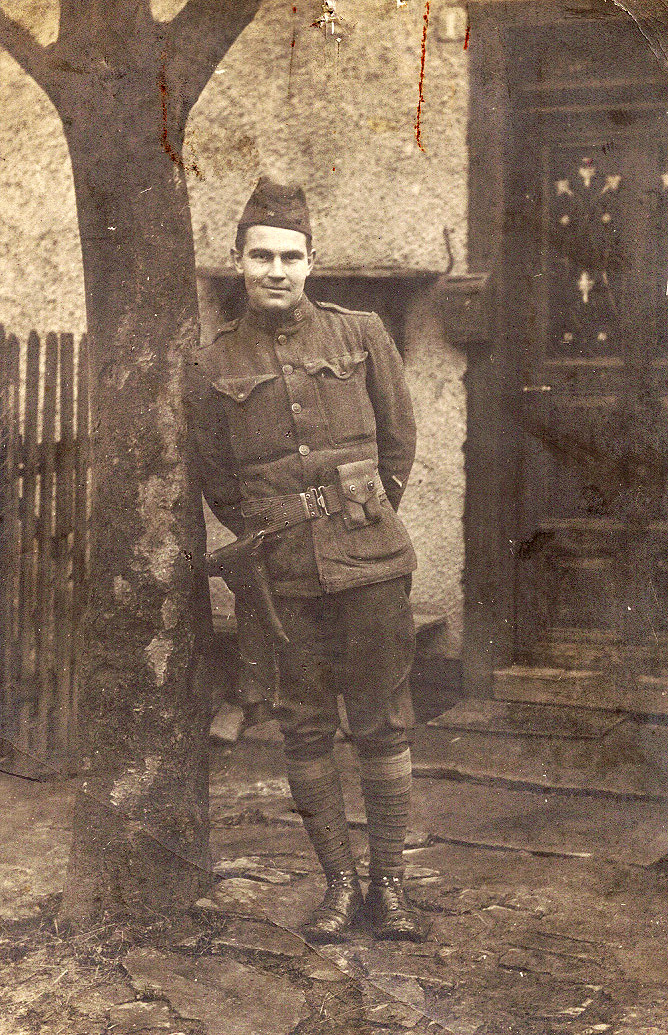There were 4.7 million Americans who served inthe Great War. Finally, a national memorialis underway in Washington, DC to honor their sacrifice. It is still underconstruction with the General of the Armies, John J. Pershing Memorial atPershing Park (14th and Pennsylvania Ave. NW). Ceremonies sponsored by TheWorld War One Centennial Commission started on November 8 and conclude onNovember 12 for a “FirstLook at the National World War l Memorial.”

Aisne-Marne American Cemetery in France
I spent some time with a friend who lives in the UK last night. The difference between our experiences of Armistice (Veterans) Day is that there are physical reminders of the Great War to be seen over there and none here. Battle scars, memorials and cemeteries abound in Europe. Americans went ‘over there’ after war was declared by Congress on April 6, 1917, but the war had been raging for three years. When it was all done on November 11, 1918, the total number of military and civilian casualties was around 40 million. There were 20 million deaths and 21 million wounded. The total number of deaths includes 9.7 million military personnel and about 10 million civilians ranking it among the deadliest conflicts in human history.

But our memory has been fading as generations have passed. Families like that of my wife sent all of their sons to France in the first and following waves of soldiers. By the summer of 1918 we were sending 10,000 a day. Four of her granduncles, Renan, Rex, Roswell and Hugh Smith fought to preserve freedom in World War I. By grace alone they all returned alive and unharmed. We cannot afford to allow this war and these heroes to become relics. We should still wear poppies. We should still toll bells at 11:00 as we are doing at the National Cathedral today. The tragedy of the Great War and its countless victims claimed by the conflict should never be forgotten. The course of our own times has been permanently influenced by the events of 1914-1918 and their aftermath, as were the lives of our ancestors, and so we remember.

